27 X 41 without frame
54 x 68 with frame
Very important French frame from the 19th century known as Barbizon, in carved and gilded wood, richly decorated with motifs of acanthus leaves, pearls and plant friezes.
Crozant School: In the 19th century, the Creuse Valley became a favorite spot for many artists, captivated by the wild beauty and changing light of its landscapes. This artistic effervescence gave rise to what is now known as the Crozant School. Like the Barbizon School for the Fontainebleau Forest, Crozant attracted painters in search of natural truth, far from the official salons. Artists such as Armand Guillaumin, Léon Detroy, and Allan Österlind settled in the region to paint from nature. They sought to capture the infinite nuances of the sky, the harshness of the rocks, the gentleness of the rivers, and the simplicity of rural life. The school is distinguished by its naturalist approach, the importance given to the effects of light, and a discreet but profound emotion before the landscape.
Sylvain Grateyrolle and the legacy of Crozant: his work bears the obvious marks of this influence. In this painting, he shares their taste for authentic rural scenes, their concern for atmospheric light, and their search for an emotional truth in the landscape. The lively river, the scattered rocks, the slender trees under a heavy sky, the discreet human presence—all recall the great themes dear to the artists of the Creuse. The precision of the gesture and the tenderness of the gaze underline the same desire: to bear witness to the simple and moving beauty of nature, far from academic artifice. Thus, Grateyrolle is fully in line with this heritage, at the crossroads of naturalism and the first Impressionist expressions.
Sylvain Grateyrolle (1845–1932) A French painter born in Guéret, Sylvain Grateyrolle devoted most of his work to depicting the landscapes of the Creuse, a region to which he remained deeply attached throughout his life. Active in the late 19th and early 20th centuries, he was part of the naturalist movement and shared many similarities with the artists of the Crozant school, including an interest in light, rural scenes, and painting from nature. His style combines precise drawing with a poetic atmosphere, often marked by a subtle palette and a great sensitivity to nature.



























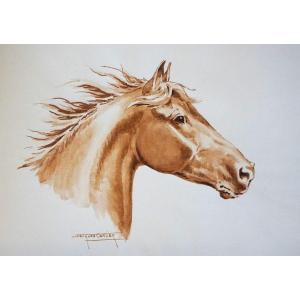
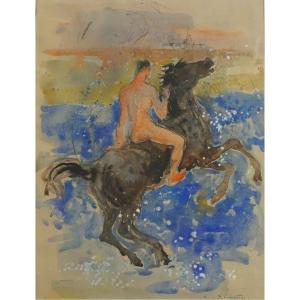
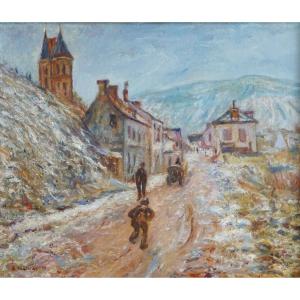

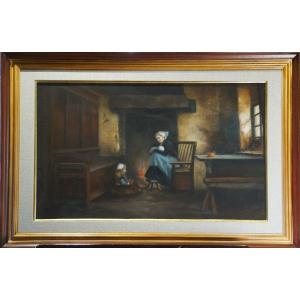



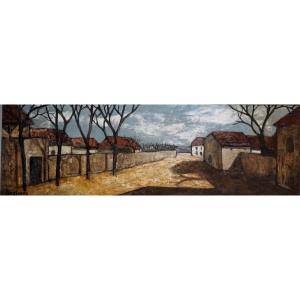
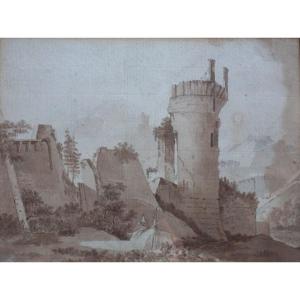


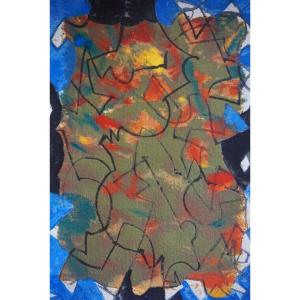

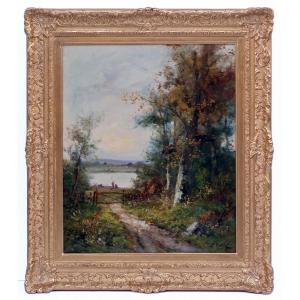






 Le Magazine de PROANTIC
Le Magazine de PROANTIC TRÉSORS Magazine
TRÉSORS Magazine Rivista Artiquariato
Rivista Artiquariato